Table of contents
Origin and meaning of the word chakra
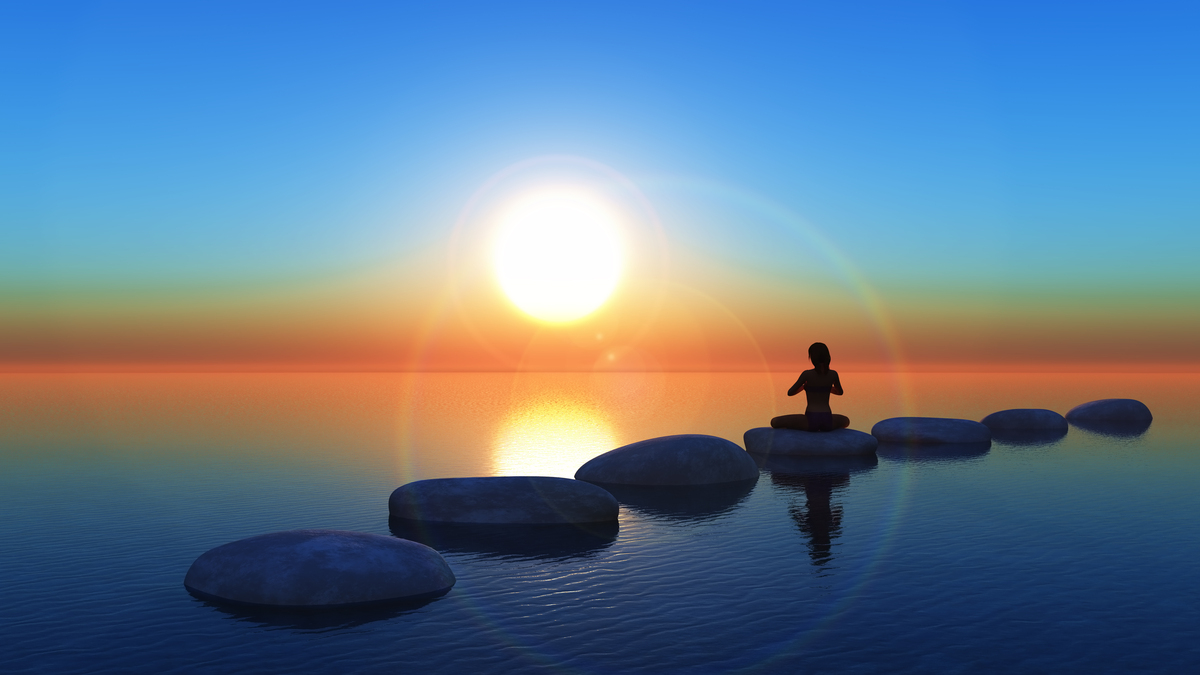
The word chakra or chakra originates from Sanskrit and means wheel. Chakras are energy centers that help regulate and balance your entire body. You are pure energy and the chakras are like the cogs that make everything run smoothly.
They are the main energy points of your body and are aligned to your spine, performing functions vital to the functioning of the body and its connection to its surroundings. Enumerating from the lowest in the body to the highest, you have the base, sacral (umbilical), solar plexus, heart, frontal and crown chakra.
However, if just one of the seven chakras is blocked or rotates at a different pace than the others, you will feel the consequences. Pains that don't make sense, fatigue, lack or excess of libido and even diseases can arise from this imbalance. In this article you will understand in depth each of the chakras and how to balance them for a healthier life.
First chakra: Base chakra, or Muladhara chakra
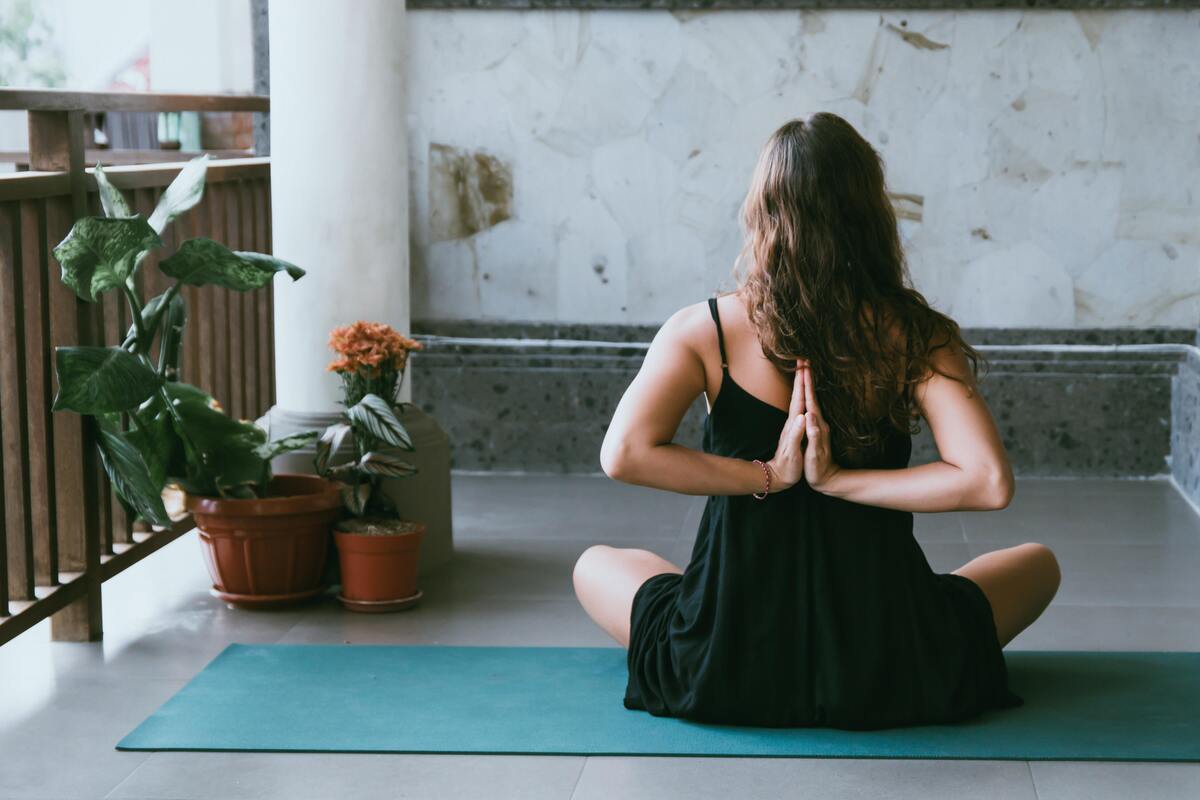
The first chakra, also known as the base chakra, root chakra or Muladhara, is responsible for grounding, that is, it connects your body's energy to the earth. In addition, the root chakra is the link between your divine and the material world, and should always be in balance. The meaning of Muladhara is root (Mula) and support (Dhara) and it is fundamental to the balance of your body.
Its basic element is the earth and it is represented by a simple square or, if you prefer, by the 4-petaled lotus. Just like the crown chakra, it is located in one of the extremities of your body, being the energetic point of greater connection with the material, that is, it is fundamental for the proper balance with all the other chakras, which are facing the front of the body.
It is in charge of connecting your body with the earth energy and radiating your personal energy, which is concentrated in the base chakra, more specifically in the coccyx. Pompoarism is extremely effective in activating the base chakra when it is too slow, reducing energy and libido, both feminine and masculine.
Location and function
Located in the region of the perineum, it is the only chakra that faces the base of the body - that is, the feet. More specifically, you can perceive it right at the base of your spine, at the coccyx. It is located between the anus and the genitals, right at the base of your body.
Its main function is to serve as a link with the energy of the earth and help in the balance and proper functioning of the other chakras. It is also who makes the link between the material, tangible world and the spiritual or plasmatic world, giving the consciousness of individuality, in other words, the Self.
Governing Bodies
As it is located at the base of your body, it relates to the adrenal glands, important parts in the production of adrenaline in your body. This explains the base chakra's correlation with drive - whether creative, sexual or life. All reproductive organs, the pelvis and lower limbs are the responsibility of the base chakra.
Areas of life in which it operates
Yes, this chakra is related to your libido, pleasure and the functioning of the reproductive organs. However, the base chakra reaches far beyond sexuality, acting in several other areas. In addition to instigating the struggle for survival, the search for food and knowledge, it is also related to personal fulfillment, longevity and even your ability to make money!
Mantra and color
The ideal mantra to stimulate the root chakra is LAM. For that, just sit upright, close your eyes and breathe consciously until you calm your body and mind. Only then start chanting the mantra, counting 108 times, considered the ideal quantity to activate the energy.
Best yoga postures to harmonize this chakra
There are some asanas - or Yoga postures - that help to balance the basic chakra and should always be done after a breathing exercise. For this, pay full attention to your body and breathing during the practice. You can choose to do Padmasana (Lotus), Balasana or Malasana postures.
Besides that, there are some others which are also very interesting for the harmonization of the base chakra, like Uttanasana, Tadasana - Mountain posture, Virabhadrasana II - Warrior II, Sethubandasana - Bridge posture, Anjaneyasana, Sun Salutation and Shavasana.
Second chakra: umbilical chakra, or Swadhistana chakra

The umbilical chakra is responsible for vitality, sexual energy and immunity. Swadhisthana means city of pleasure, in sanskrit, however other aspects interpret it as the foundation of oneself. However, everyone agrees that it is related to the feminine and maternity, also helping to balance the functioning of the reproductive organs.
Related to the element of water, the chakra is represented by the mandala or lotus flower with 6 petals. This chakra is the main responsible for the sexual connection during the act itself and can store energies of the person with whom you had relations. If on the one hand this can generate more interaction and exchange of sensations, on the other hand it stores part of the pain body of the other person - which may not be so good.
Therefore, it is important that the affinity is much more than physical when you choose sex, since there is a great energy exchange in the process. In addition, if possible, it is good to do an energy cleansing after the act, either with crystals, meditation or even a leaf bath. The greater the connection between the energy centers of the partners, the greater the connection and delivery, but also greater thechance of getting contaminated.
Location and function
The sacral chakra is located exactly four fingers below the navel, at the root of the reproductive organs. To measure it accurately, you can lie on the floor and make your spine as straight as possible, pushing your lower back down, aligning your legs with your shoulders and placing your arms at your sides. Then, measure the four fingers below the navel and notice the energy of the chakra.
Its main function is to manage vitality in the whole body, besides being connected to primary stimuli, such as reactions to stressful situations, fear and even anxiety. When unbalanced, it can stimulate the fall of immunity and psychopathies of the most diverse types.
However, it is important to note that these symptoms can be related to other related disorders, including the malfunctioning of other chakras, such as the crown chakra, which also acts in this field.
Governing Bodies
The sacral chakra is related to the sexual glands, kidneys, reproductive system, circulatory system and bladder. It is related to the control of fluids in the body and to pregnancy, maintaining the nutrition of the amniotic fluid during the permanence of the fetus. It is also related to the release of testosterone, progesterone and estrogen.
Areas of life in which it operates
As it is near the base of the body, which is related to denser aspects, the umbilical chakra has influence in areas like joy, passion, pleasure and creativity. If it is unbalanced, it can cause sexual impotence - male or female, lack of energy in daily life, reduced pleasure and low self-esteem. On the other hand, if it is hyperactive, it can cause addictions and compulsionsdiverse, including sexual.
Mantra and color
The color of the umbilical chakra is predominantly orange, but it can also be purple or red, depending on the circumstances in which you find yourself and the type of energy in the environment. His mantra is the VAM and to chant it just sit comfortably, calm down and repeat the mantra, counting 108 times, the ideal amount to activate the energy.
Best yoga postures to harmonize this chakra
The best postures to harmonize the sacral chakra are Padmasana (lotus posture), Virabhadrasana II (warrior posture II), Parsvakonasana (extended side angle posture), Parivritta trikonasana (triangle posture with trunk rotation), Garudasana (eagle posture) and Marjariyasana (cat posture).
Remember to keep the breathing constant and the vibrational field high, and you can also practice other postures such as Eka pada adho mukha svanasana (posture of the dog looking down but with one leg), Salamba Kapotasana (king pigeon posture), Paschimottanasana (pincer posture) and Gomukhasana (cow head posture).
Third chakra: solar plexus chakra, or Manipura chakra
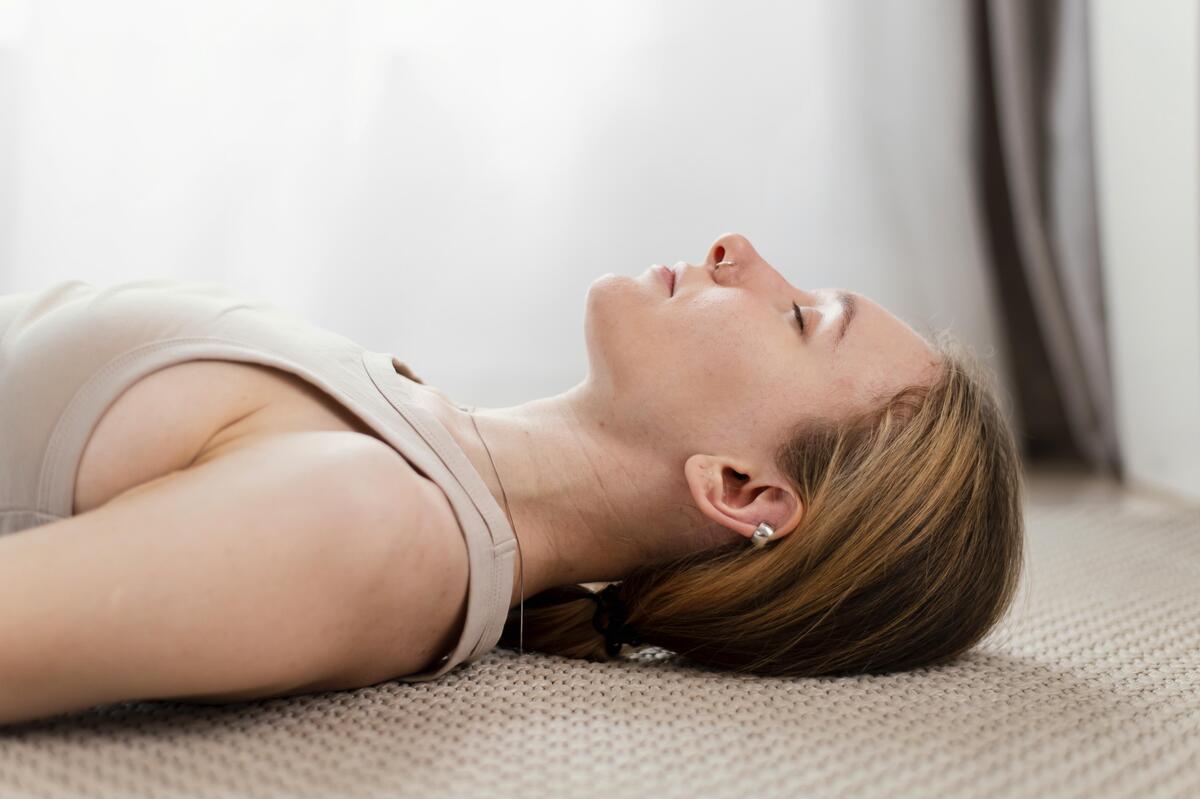
Manipura means city of jewels, in Sanskrit, and it is the name given to the third chakra of the human body. Usually, it is better known as solar plexus, in several cultures and beliefs. Completely related to anger, stress and control of the denser emotions in general, it should always be in balance. This way, you can avoid gastrointestinal, psychological problems,neuro-degenerative and cardiac.
Its element is fire, and it is represented by a mandala or a lotus flower with 10 petals, needing to be always harmonized, to avoid problems. Even in the rush of everyday life, it is worth stopping for a few minutes to do a meditation - the way you think best - or even conscious breathing. These are two actions that help to harmonize every chakra, especially the solar plexus, which dealswith so many dense emotions.
People who are very sensitive to external energies and have not yet learned to protect the solar plexus properly, tend to develop digestive problems. From a simple gas formation, causing pain in the stomach and even in the chest, even pain, acidity and heartburn. With repeated exposure, this scenario can easily evolve into a gastritis, requiring treatment, not only physical,but also energetic.
Location and function
It is important to know the location of the solar plexus correctly, if you are going to perform some process of self-healing or harmonization. To do this, lie on the floor, with your spine erect, legs aligned with the shoulders and lumbar leaning the most on the floor. Then, find the correct place, which is in the abdomen, located in the lumbar region, counting two fingers above the navel.
The solar plexus has the function of instigating willpower, action and personal power. It retains unprocessed emotions like anger, resentment, hurt and sadness. Consequently, it ends up accumulating non-beneficial energies, which disharmonizes this chakra, which is the one that usually needs the most attention and treatment.
Governing Bodies
The solar plexus chakra is connected to the pancreas, governing the entire digestive system, as well as the liver, spleen and intestines. Just as the stomach is the basis for the distribution of nutrients to the body, the solar plexus is responsible for disseminating the energy of food to other energy centers.
Areas of life in which it operates
Totally connected to the emotion of euphoria and anxiety, it can also have an impact on the way the person sees himself/herself. For example, a very accelerated solar plexus chakra can lead the person to narcissistic behavior - when they become focused only on themselves. Its lack of activity can lead to intense sadness and even depression, in cases of blockage.
Mantra and color
Its color is golden yellow, dark green or even red, depending on the situation the person is in. The mantra used to balance this chakra is RAM. It should be repeated 108 times, with the body and mind quiet, in an upright and comfortable position.
Best yoga postures to harmonize this chakra
To practice Yoga correctly, the ideal is to have the support of a qualified professional, but of course it is possible to start the practice at home and help harmonize the chakras. The best postures to unblock or balance the solar plexus chakra are Parivrtta Utkatasana - Chair posture with trunk rotation and Adho Mukha Svanasana - Dog looking down posture.
However, there are also other postures that help to balance these energy points, such as Paripurna Navasana - Whole Boat Posture, Parivrtta Janu Sirsasana - Head on Knee Posture with Twist, Urdhva Dhanurasana and the Upward Bowed Posture.
Fourth chakra: heart chakra, or Anahata chakra
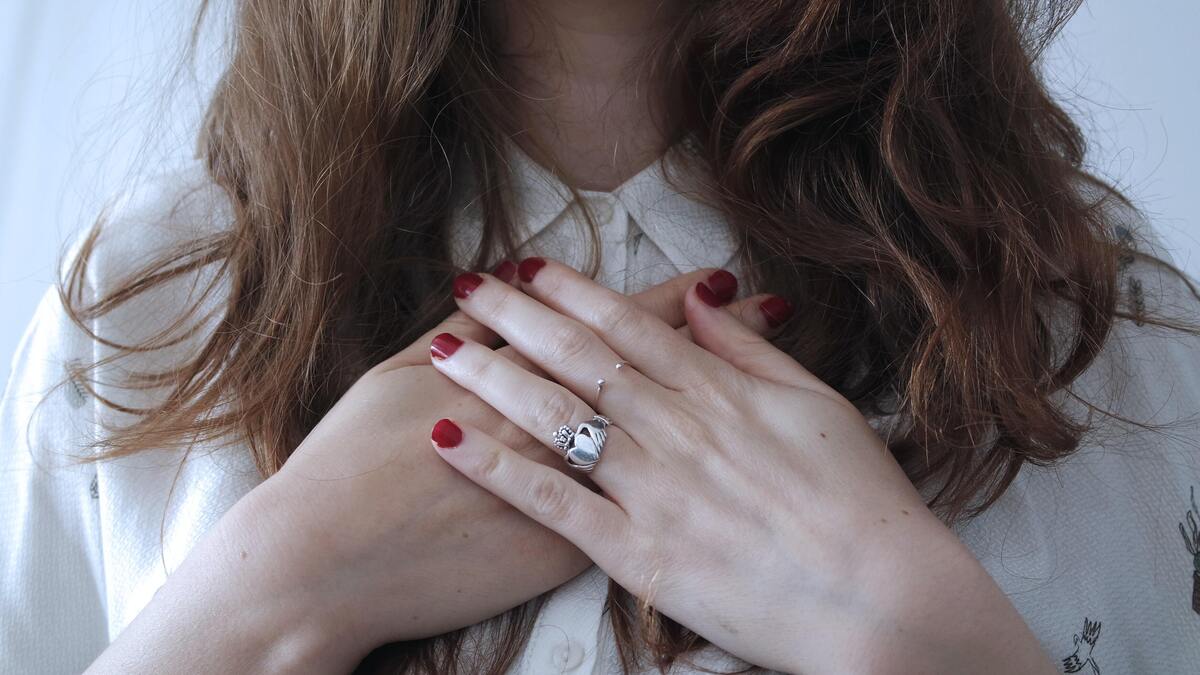
In Sanskrit, Anahata means the unproduced sound. It is also called heart chakra or heart chakra, and it is extremely important. It is related to forgiveness and to love relationships in general, whether romantic or not. Besides, it is the connection point between the energy of the base chakra and the crown chakra.
The element that represents this chakra is the air, having as graphics a mandala or lotus flower of 12 petals. The feelings of gratitude and abundance come from this point of energy, which also represents the astral body, so used in projection processes and important connection of the physical with the immaterial.
Location and function
Locating this chakra is really simple and there is no need to lie down on the floor if you are more experienced. Just sit comfortably with your spine erect. The heart chakra is located in the thorax, between the fourth and fifth vertebrae, right in the center.
Besides being the link between the lower and higher chakras, it is also related to altruism and other forms of love. When this energy center is very weak, it may be that the body is having heart or even breathing problems.
Governing Bodies
It certainly rules the heart, but it is also related to other parts of the trunk, such as the lungs. Moreover, the heart chakra is connected to the upper limbs (arms and hands), functioning as a great control center.
Areas of life in which it operates
The main function of the heart chakra is to be responsible for the way you express your emotions, besides being a channel of connection between what is physical and spiritual. Also, for being in the center, it helps to balance the energies of the other chakras, from the lower ones to the more subtle ones. It is also related to episodes of depression, lack of patience, pangs in the heart without explanation and eventachycardia.
Mantra and color
The color that represents the heart chakra is green, however it can also be golden yellow, almost golden. Its mantra is YAM and can be repeated 108 times, to have an effect, always remembering to be harmonized and tranquil during the process.
Best yoga postures to harmonize this chakra
During Yoga practice, it is important that you pay attention to your breathing, always inhaling and exhaling correctly, even during the movements. The best Yoga postures to harmonize the heart chakra are Trikonásana, Maha Sakti Asana, Prasarita Padottanásana, Matsyendrásana, Ustrásana, Dhanurásana, Balásana and Shavásana.
Fifth chakra: laryngeal chakra, or Vishuddhi chakra

Vishuddhi means the purifier, in Sanskrit, which relates directly to the function of the laryngeal chakra. After all, it is connected to the ability of communicating and expressing your feelings, preventing them from being repressed, suppressing even more the solar plexus and heart chakra. Talking about the physical aspect, it is connected to the thyroid, which also has a purifying role.
The laryngeal chakra has the ether as its main element, being represented by a mandala or lotus flower of 16 petals. If misaligned, it can influence the development of diseases such as herpes, pain in the gums or teeth (with no apparent cause) and even thyroid problems.
When you do not express what you are feeling - especially negative emotions, you tend to feel pain or discomfort in your throat because of the blockage of this energy center.
Location and function
Located in the throat, the laryngeal chakra is connected to your ability to communicate clearly, besides being related to creativity and accomplishment of projects. If it is well aligned, it makes psychophony more accessible - the mediumistic ability of making the voice available to the disincarnate. It also facilitates the development of clairaudience, which is the ability to hear sounds from other people.dimensions, like spirits or your guardian angel.
Governing Bodies
This chakra is totally related to the thyroid and parathyroid, and consequently, to the hormonal control related to them. Because of that, it also interferes in the menstrual cycles and helps keep the blood purified. The mouth, throat and upper airways are also under the regency of this chakra.
Areas of life in which it operates
The laryngeal chakra has a strong action on the ability to communicate and is related to the verbalization of feelings and thoughts. It is also important in mediumship, functioning as a filter for the energies before they reach the coronary.
Mantra and color
The predominant color of the laryngeal chakra is sky blue, lilac, silver, white and even pink, depending on the energetic situation of the moment. Its mantra is HAM and, like the others, it must be chanted 108 times to achieve the expected potential, always with a calm mind and body.
Best yoga postures to harmonize this chakra
All Yoga movements should be done with caution and attention, being in the present moment. Prepare the environment, light an incense and do some Yoga postures that can help realign the laryngeal chakra, such as Head Rotation, Bhujangasana - Snake Posture, Ustrasana, Sarvangasana - Candle Posture, Halasana, Matsyasana - Fish Posture, Sethubandasana and Viparita Karani.
Sixth chakra: frontal chakra, third eye or Ajna chakra
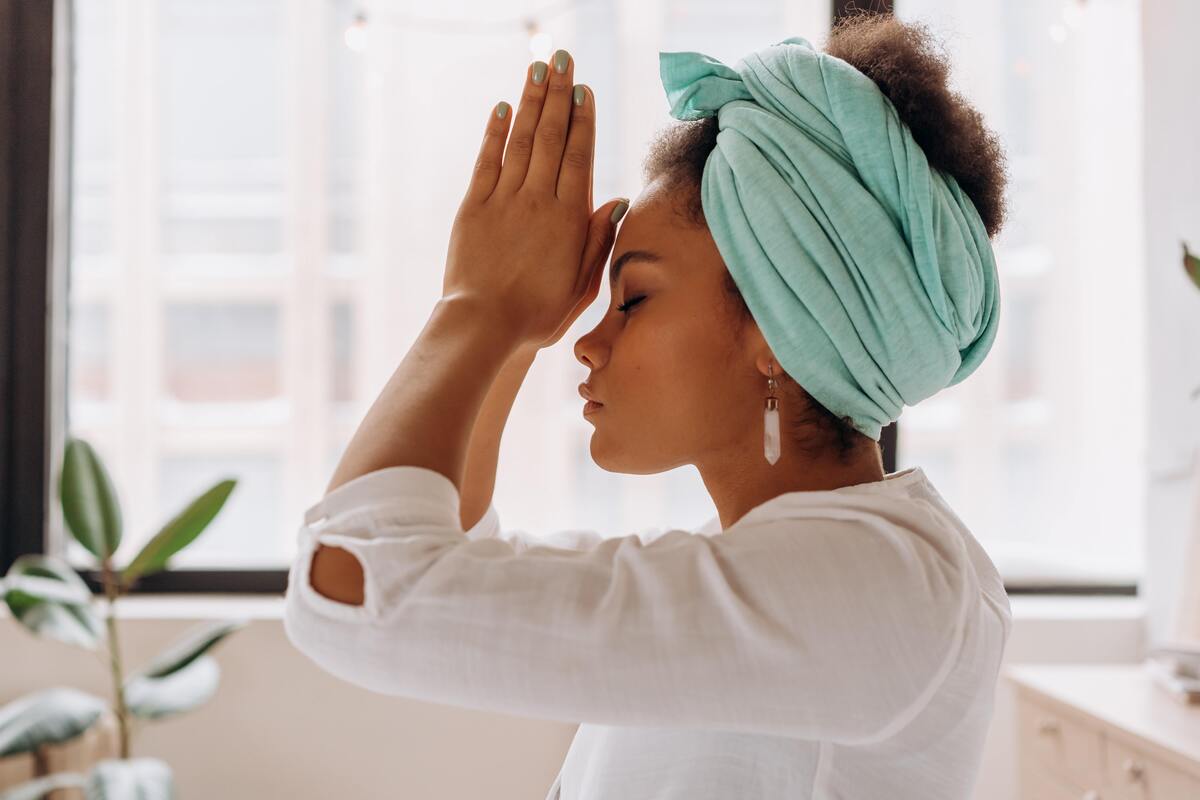
Ajna in Sanskrit means center of control, which makes perfect sense. Also known as the frontal or third eye chakra, Ajna is the center of discernment and intuition. It is related to information processing and knowledge formation, as well as imagination. The frontal chakra controls all the other energy centers in your body, and it is vital to keep it in harmony.
Its element is light and its mandala or lotus flower is represented by two petals, which also relate to the two hemispheres of the brain. When it comes to distance healing, this is a fundamental chakra, being the gateway to the immaterial and performing the function of eyes, even when one cannot see.
Location and function
The frontal chakra is also very easy to locate and you can use a mirror and a ruler if you feel it is necessary. Face the mirror and place the ruler aligned at the end of each eyebrow, above the root of the nose. The Ajna chakra is located at the line of the eyebrows, in the center of the eyebrows and above the nose.
Its main function is to control the other chakras, being associated to the logical process, learning, capacity of observation and formation of ideals. Certainly, its best known function is intuition, which becomes sharper when the chakra is in balance.
Governing Bodies
The frontal chakra mainly governs the eyes and the nose, but the pituitary glands and the pituitary gland are also connected to it. Consequently, it has an influence on the production of important hormones such as endorphin, prolactin, oxytocin or the growth hormone.
Areas of life in which it operates
Totally related to intuition, the frontal chakra works as a conduit for that voice that stops you from doing something that puts you at risk. Besides that, when in disarray, it can generate problems such as lack of control over the amount of thoughts perceived, lack of organization and focus. It is also related to sinusitis, panic, headache and psychological disorders.
Mantra and color
The main color of the frontal chakra is indigo blue, white, yellow or green. Its mantra is OM and should be chanted 108 times, or as you find most suitable to your meditative practice. However, it is important that you have done at least one conscious breath beforehand, to help the process and have better results.
Best yoga postures to harmonize this chakra
During the breath, in practicing the postures suitable for Ajna, concentrate on inhaling the prana and on exhaling, let go the energies that are no longer useful as well. The best postures for the frontal chakra are Natarajasana, Utthita hasta padangusthasana, Parsvottanasana, Adho mukha svanasana, Asva sancalanasana, Baddha konasana, Sarvangasana (candle posture), Matsyasana and Balasana.
Seventh chakra: crown chakra, or Sahasrara chakra
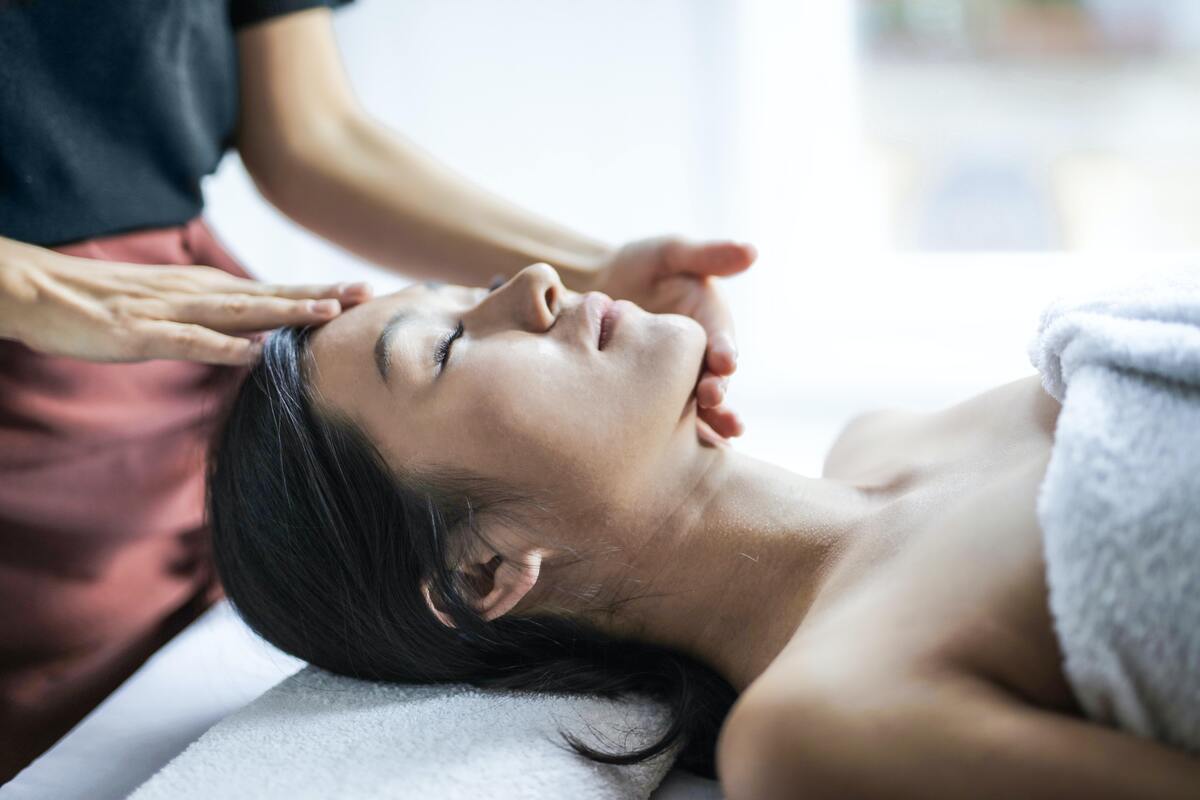
In Sanskrit, Sahashara means lotus of the thousand petals, the way it is represented - as a crown on top of the head. It is the most important of all the chakras and facilitates connection with divine wisdom.
Its element is immaterial, as it could not be otherwise, being understood as the thought. Its representation is made by the mandala or lotus flower of 1000 petals, although the Sahashara has only 972. While the base chakra is directed to the ground, the crown chakra is directed upwards. The other 5 chakras are directed to the front of the body.
Location and function
The crown chakra is located on top of the head and its 972 light petals resemble a crown, thus the name. Facing upwards, it is more connected to subtle energies and is a gateway to prana, in great quantity.
Its main function is to reconnect with the divine, with wisdom. It is also very connected to mediumship and intuition. It is also responsible for understanding its own existence, integrating itself to the whole. It must always be protected, avoiding the absorption of denser energies or those that are not good for its balance.
Governing Bodies
Fundamentally, the crown chakra rules the brain, but it also influences the production of several important hormones. Among them are melatonin and serotonin, which have an important role on the feeling of happiness, sleep control, hunger and much more. It is also connected to the pineal gland, which works as a portal between what is material and the intangible.
Areas of life in which it operates
The crown chakra acts on everything related to your brain, that is, all your body, directly or indirectly. If it is unbalanced, phobias, neurodegenerative diseases and depression may arise. It is also related to astral projections and expansion of consciousness, acting strongly in the development of faith.
Mantra and color
The main color of the crown chakra is violet, but can also be seen in white and gold. Regarding the mantra, the ideal is silence and total connection with the divine, but if you need a sound to help you in the process can use the universal mantra, OM.
Best yoga postures to harmonize this chakra
The best postures to harmonize the crown chakra are Halasana, Vrschikasana (scorpion posture), Sirshasana (inverted over the head), Sarvangasana and Matsyasana (compensation). Remember to maintain a posture of gratitude towards life and the teachings, not only during the practice, but throughout life. Also, share the knowledge you have acquired.
Can harmonizing the 7 chakras bring more joy and well-being?
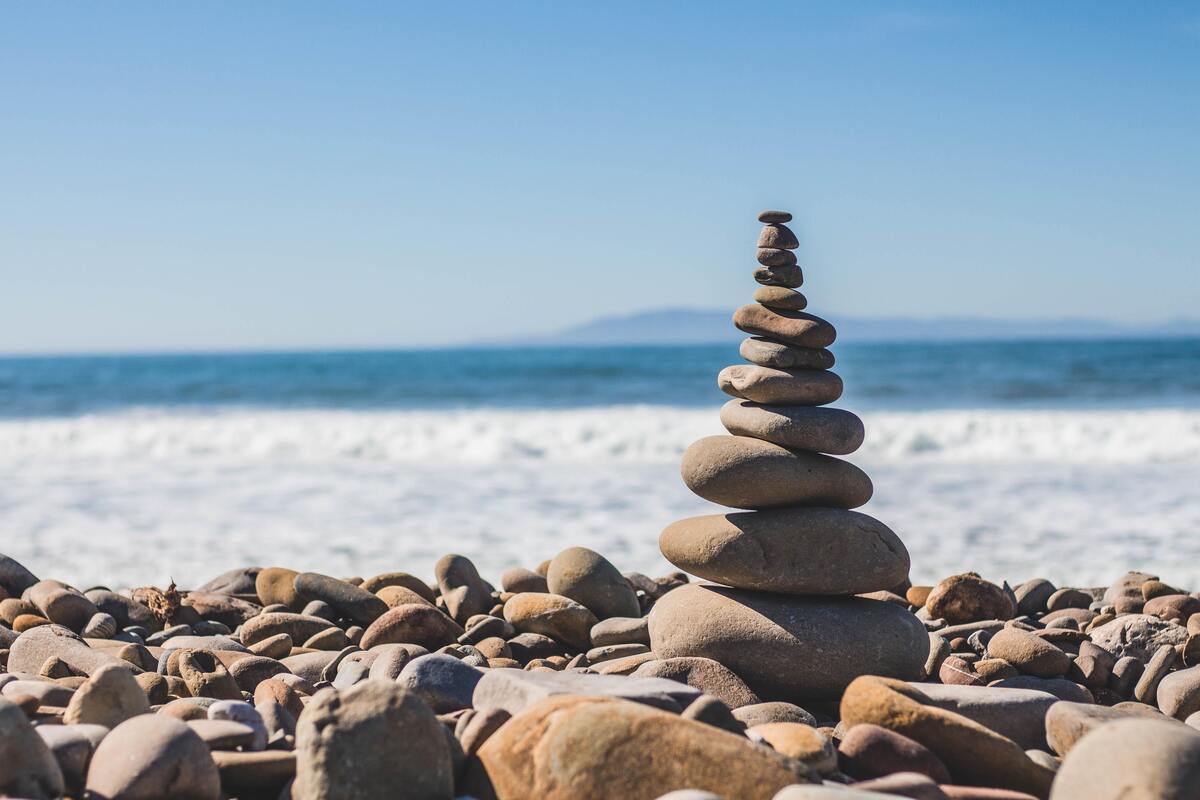
As you can see, all chakras are connected to physical and psychological aspects, where any imbalance can generate physical and emotional reactions. Consequently, when they are harmonized, you will have a better quality of life, with more joy and well-being.
But it is not such a simple task, keeping the chakras always aligned and in harmony requires daily effort at first, but then it becomes an automatic task, like breathing.
To achieve this balance, you should pay attention to some important points. First of all, do a deep cleaning of the aura and chakras, with herbs, crystals, meditation or any other way you find more appropriate.
Then apply or remove the energy in each, it can be through reiki, pranic healing or the like. Of course, the ideal is to look for a trusted professional to do the procedures or study hard.
Then, you have to protect yourself from the bad energies that come from outside, either with prayer, amulet, patuá, or others. However, the most important thing is what is in your mind and heart. Pay attention to what you are feeling and try to nurture good thoughts, so as not to contaminate your own energy. So, how about starting to take more care of your energy centers and be healthy as a whole?

